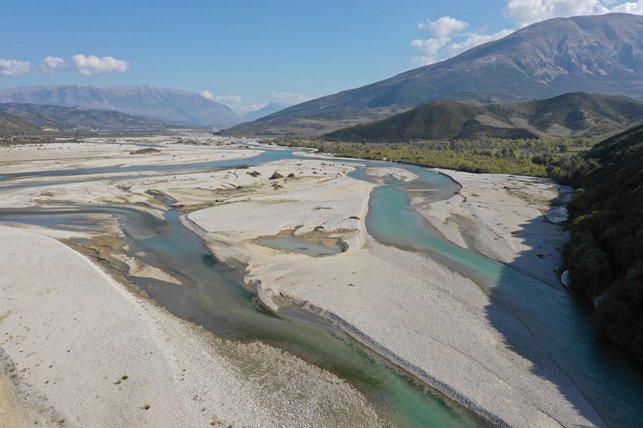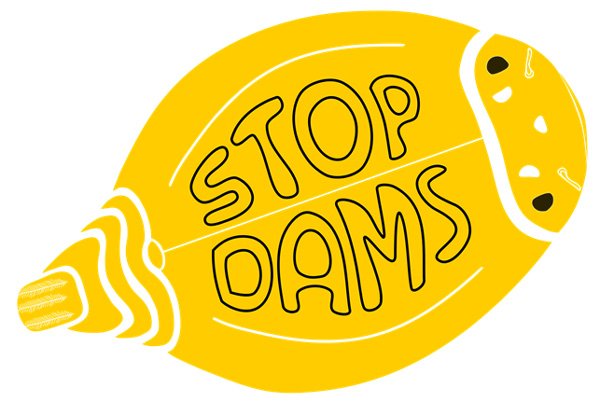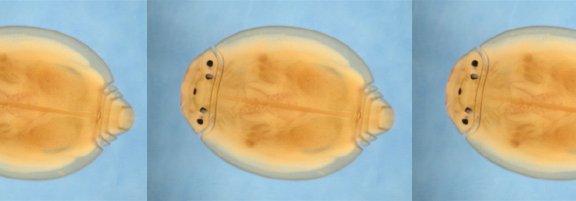My PhD is about the last blings of Prosopistoma pennigerum’s story and I would like to rewind its history in this letter. At around 250 million years ago, the age of ancestral Prosopistomatidae begun to diverge. While the stem-group of Prosopistomatidae can be considered 89-50 million years old, Prosopistoma pennigerum is a young species of only 2.5 million years. Out of all Prosopistomatidae, P. pennigerum is the only one that is distributed across European free-flowing rivers. 250 years ago, the species was first recognized as a new species. However, it has only been since 1875 that it has truly been classified as a mayfly. Nevertheless, it would take another 100 years to resolve discussions abouts its true name. Meanwhile, beside single point occurrences across the European continent and first attempts to describe its niche, the species disappeared along with the once free-flowing rivers. Around 2009 and 2014, P. pennigerum was considered extinct across central Europe.

Vjosa river 2021 (credit: Gabriel Singer)
I’m currently working on my PhD with Simon and Gabriel as supervisors studying the biodiversity patterns of benthic invertebrates in the entire Vjosa network combining traditional morphological taxonomy with novel metabarcoding and environmental DNA approaches. However, we discovered how valuable this river network is for the P. pennigerum. We know some dimensions of its niche, how fast it can swim, how drift resistant it is and modelled not only under which stones we would expect the species but also how many we can expect find. Nevertheless, many questions about the species remain unanswered. Some of them will be assessed under our supervision by Thea Schwingshackl, with the goal to promote P. pennigerum as a “flagship” species for the Vjosa national park.

This protected area is becoming reality thanks to the work of numerous people of all disciplines (guided by Riverwatch) and our scientific support. Thus, would set a milestone for the survival of Prosopistoma pennigerum which in turn is an indicator of success and guide for European river ecosystem conservation. After all a mayfly species can make a difference.
Jan Martini
Research Group FLEE - Fluvial Ecosystem Ecology

